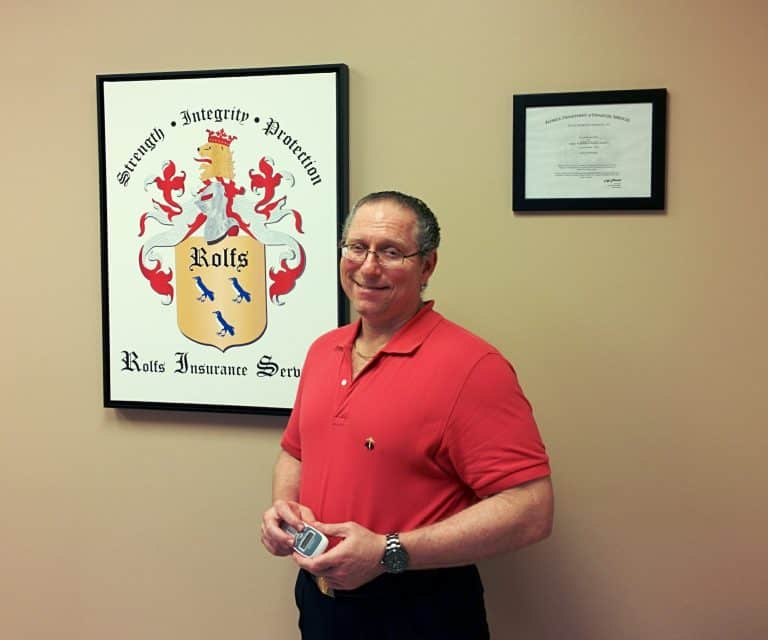The Insurance Claims Process in Action

There are many types of losses that people can suffer. In terms of the most common occurrences leading to insurance claims, automobile accidents and water losses in homes are the most
frequently reported. For purposes of this discussion, homeowners claims relating to water damage will be the topic since Miami-Dade, Broward and Palm Beach Counties have been inundated with a disproportionate number of these occurrences.
A recent claim illustrates the process in a step-by-step narrative.
A young couple returns home after being out for several hours, only to find that two-thirds of their house has been inundated with an inch and a half of water. The sound of cascading water emanates from the master bathroom revealing that the water feed line and the base of the toilet tank have become dislodged, causing the occurrence. The homeowner, quite correctly and swiftly, turns off the valve to the feed line to stop the water from escaping. Thinking quickly, he heads to the garage to get a large broom to literally push the water out of the house while his wife takes pictures of everything with her cellphone to document the loss. Once the initial trauma has worn off, they think to look for their insurance policy in order to find a phone number to call, only to learn that at 1:15 a.m. they are getting a recording. Wisely, they call their insurance agent who fortunately picks up the phone in order to provide assistance. The agent calls a water extraction company as the key to a good outcome in this type of scenario is to get the house dry as quickly as possible. Within a couple of hours of the phone call, the extraction company arrives at the scene to assist the homeowner in removing the standing water and sets up fans and dehumidifiers upon removal of the floor boards to get the place dry and keep mold from forming.
The next business day, the agent reports the claim to the insurer. The initial call to the company provides the carrier with the date, time, location and description of the loss, as well as the name and phone number of the water extraction company that went to the scene. The successful reporting of the occurrence results in a claim number and a field adjuster is dispatched to investigate what happened. Within 48 hours of reporting the claim, the adjuster makes contact with the insured and goes to the residence to take a statement from the client and examine the premises, pictures and report issued by the water extraction company. The field adjuster then prepares a comprehensive report based on the investigation which is submitted to the claims examiner, who is the person on the inside of the insurance company that reads the report and compares the description of the loss with the policy language in order to determine coverage and prepare an estimate for claims settlement. This process can take from 7 to 30 days, depending upon the complexity of the scenario, as well as the insurer’s capacity to process the claim in a timely manner.
Insurance simply pays for the loss, less the deductible.
During the timeframe in which the dry out, field adjustment and claims examination occurs, the homeowner has reached out to a plumber, drywall specialist, painter, flooring expert and cabinetry and countertop vendor, along with a dry cleaner for the throw rugs that needed to be cleaned. As a result, the homeowner obtains quotations for work that is needed to repair the damage to both the house and the contents that were affected, which is then compared with the Loss Settlement Statement that arrives in the mail with the initial check. There is a brief period of back and forth between the claims examiner and the insured as the repair estimates are reconciled with the loss report. In the end, a resolution is achieved. The house and contents are repaired and replaced and the episode ends.
This process is stressful and can create anxiety as during the dry out period, the fans and dehumidifiers are loud and life for the occupants of the house is disrupted since there are people coming and going to affect repairs with uncertainty as to a timeframe in which money will be received to get work done. Generally, in the end things work out and life goes on. It is always better to avoid a loss with risk management in terms of maintenance and an action plan, which helps to keep negative things from happening and speeds up the process of recovery in the event that something happens. Your insurance agent should be a great source of knowledge and advice in creating a strategy for these unforeseen situations. At Rolfs Insurance Services, not only do we provide competitive insurance products, but we help to educate and assist our clients to strategically prepare for just such an event, providing peace of mind in knowing that help is a phone call away.






